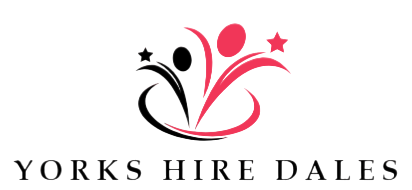How fascia gets blasted by fascia blaster?
Similar to a spider’s web in appearance, our body has a specialized system of Fascia. Densely woven structures Fascia covers and interpenetrates to muscles, bones, nerves, arteries, and veins and also our heart, lungs, brain, and spinal cord. But when this system gives pain after tightening then fascia blasting comes to a picture where fasciablaster is used as a tool.
Blaster tool family
Various conditions like myofascial pain, fibromyalgia, plantar fasciitis, and lower leads to fascia pain which is treated with
- Prep tools have small claws – small claws help in establishing a temporary flow of blood to the tissue. If not pushed into these tissues and simply glided along on the surface lightly, then you could desensitize that surface layers for deeper work.
- Massage Tools have larger claws – The larger claws help to penetrate these myofascial tissues (Myo means muscle). You will be able to push hard deeper if your body allows.
- Refining Tools have claws with tips like nuggets which allow you in addressing stubborn points like clumps. Fascia Blasting reveals spots in our body that are particularly tight enough or dysfunctional which has felt like gravel.

Easy process to follow
- Use a heating pad and hot shower to make your body warmed up. Lightly give massage to your skin using fasciablaster.
- The area on which you will work on, apply oil.
- Gently rub your skin using a fascia blaster device with a scrubbing motion. Continue the process for 2 to 5 minutes in one area.
- Repeat the same on other parts of the body if needed.
Healthy fascia is flexible enough for twisting, gliding, and bending. But due to trauma and inflammation fascia gets tightened with causing pain. All because of nerves in the fascia which are pain-sensitive. Thus fascia blasting helps with cellulite reduction, firm skin, low muscle, and joint pain, and increased circulation.



